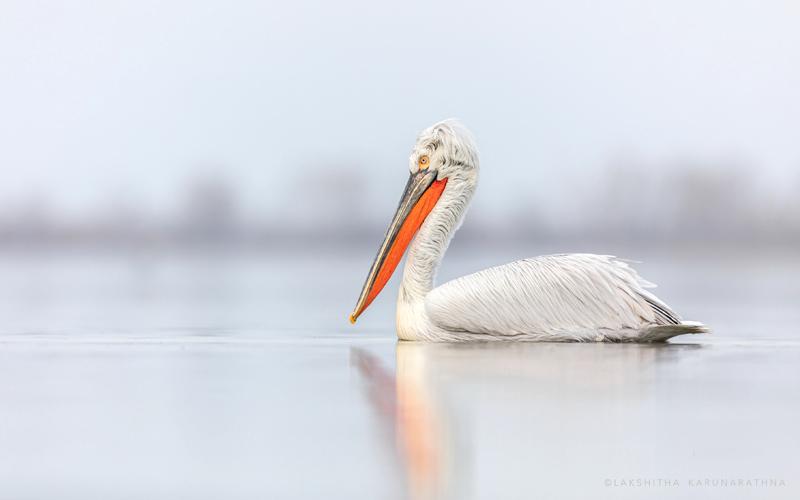
The Wildlife and Nature Protection Society will hold its monthly lecture on ‘Photography- a tool for conservation’ at the Lotus Hall of the BMICH on March 15 at 6 pm.
 It will be conducted by Lakshitha Karunarathna, a renowned photographer and the Grand Prize Winner for Nature’s Best Photography awarded by the Smithsonian Institute, a Finalist for the People’s Choice Award in the BBC’s Wildlife Photographer of the Year Award, the Editorial Choice Award in the OASIS Nature & Wildlife Photographic Competition in Italy and 252 other International Awards inclusive of no less than 72 Gold Medals,defines the class of this outstanding photographer.
It will be conducted by Lakshitha Karunarathna, a renowned photographer and the Grand Prize Winner for Nature’s Best Photography awarded by the Smithsonian Institute, a Finalist for the People’s Choice Award in the BBC’s Wildlife Photographer of the Year Award, the Editorial Choice Award in the OASIS Nature & Wildlife Photographic Competition in Italy and 252 other International Awards inclusive of no less than 72 Gold Medals,defines the class of this outstanding photographer.
Inspired, at a very young age, by the works of Naturalist and Broadcaster, Sir David Attenborough, Karunarathna spent his formative years studying nature through still photography and wildlife documentaries before embarking on his own photographic journey. A resident of Colombo, and a Tea Taster by profession, he has travelled to Asia, Europe, Africa and the Arctic, getting closer to Nature in all of its climatic manifestations.
Karunarathna considers patience as his most important asset in dealing with the dynamic subjects he has chosen to embed in the memories of those who see his pictures. A long-standing fan of fine art and monochrome in wildlife pictures, he is also a true believer in conservation and awareness through the medium of photography. This is an evening for those who appreciate both, in the words of one who, spectacularly, does.
The idiom that “a picture paints a thousand words” is particularly relevant to wildlife conservation. With the advances in digital camera technology making the production of pretty pictures that much easier, there has been an explosion in the publication of coffee table books, and others, of wildlife and nature photographs. This, in turn, has brought the beauty of the wild to a much wider audience than it once did, as well as an awareness of the dangers that threaten its future existence.
To the connoisseur, however, what makes a perfect wildlife photographer, apart from an intimate knowledge of the properties of light, is the composition of the photographs he takes which demonstrates not only his technical expertise, but also his acute knowledge of the status and behaviour of his subject. It is this, that moment in time in the life of an animal or of nature, the conversion of an ordinary millisecond into an eternal memory that raises the work of the true artist above that of the very good.















